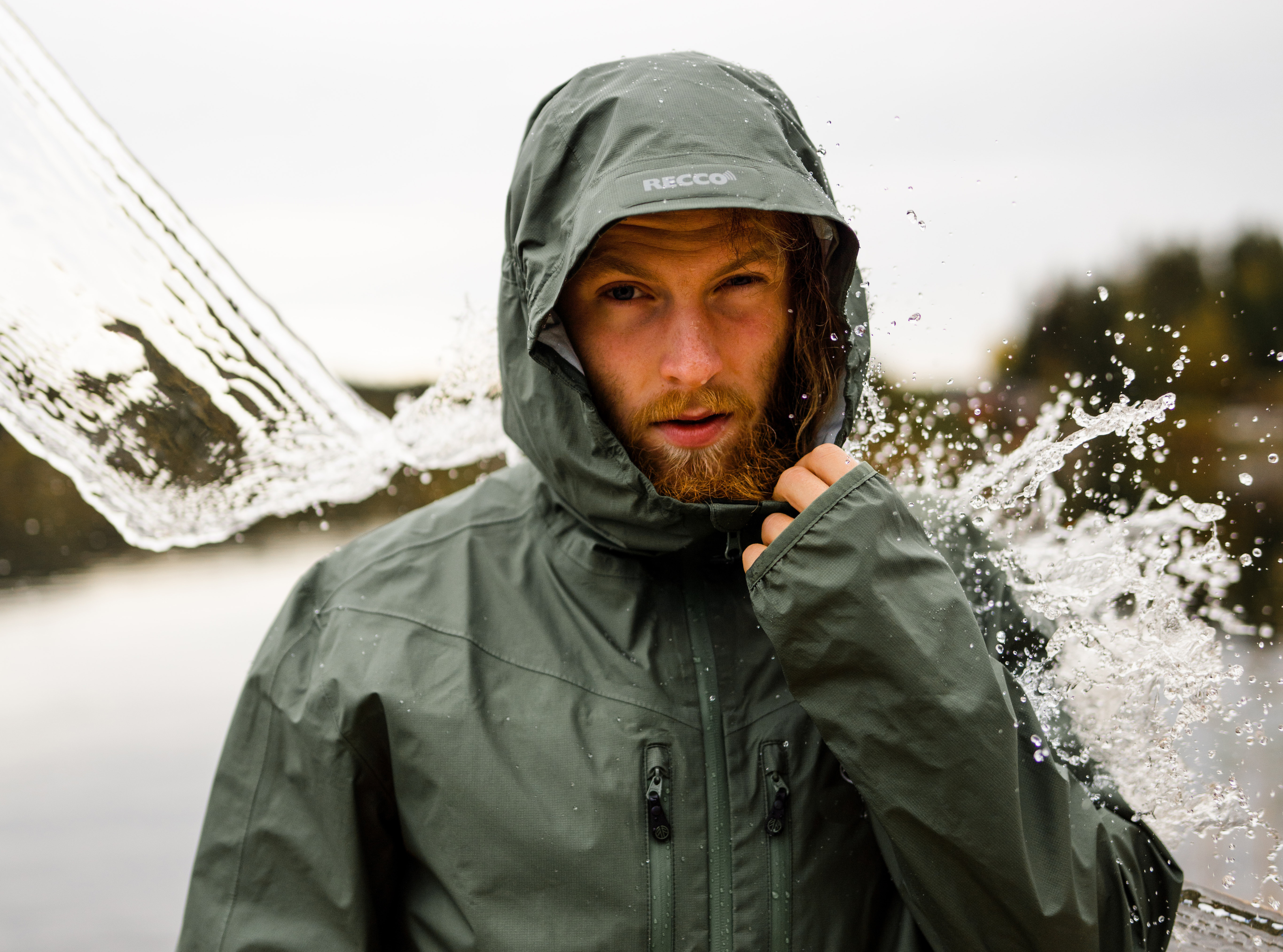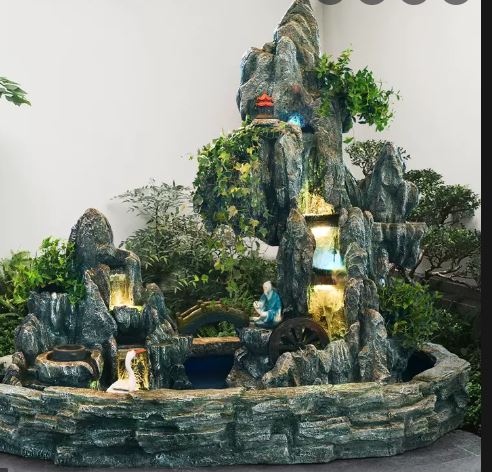Contact Me: howtopbestinfo@gmail.com
Contact Me: howtopbestinfo@gmail.com

A rain-jacket is a type of outerwear that provides protection from the elements, specifically wind and precipitation. It typically consists of a lightweight fabric shell with some form of waterproofing material such as GORE-TEX or synthetic materials like Polyester laminate.
Rain jackets may also include features such as hoods, drawstrings at the waist/hem to help keep out moisture, pit zips for ventilation when needed or pockets to store items while outdoors in wet weather conditions.. Rain jackets are beneficial because they provide an extra layer against cold temperatures and offer water resistance when you need it most - during rainy days!
They can be worn over sweaters on colder days for added warmth; however these types should still allow airflow so your body doesn’t get too hot.
The breathable fabrics will wick away sweat quickly instead trapping heat inside which leads to uncomfortable clamminess that isn't ideal either! Additionally many styles have vents along side seams allowing air circulation even further aiding comfortability levels throughout activity & movement .
Furthermore since this style often comes equipped with adjustable hems/waists there's no worry about fit issues due its customizable nature making each person able find their own perfect size every time..
A rain-jacket is a great way to stay dry during wet weather. Here are some tips on how to use one:
Rain-jackets, also known as raincoats or waterproof jackets, have been around since the mid 18th century. The original design was an outer garment made of waxed cotton canvas cloth with a hood and sleeves to protect people from the elements while they worked outdoors in wet weather conditions such as fishing.
Over time this basic concept has evolved into many different styles: long trench coats for formal occasions; shorter versions designed for outdoor activities like hiking and camping; lightweight windbreakers favored by runners on rainy days; fashionable designs incorporating modern fabrics that appeal to fashion conscious consumers.
The influence of these garments can be seen throughout history - particularly during World War I when soldiers were issued heavy duty rubberized fabric rain capes called “trench coats” which offered protection against mud and water but hindered movement due to their weight because there wasn't any other choice at that time period .
After WWII lighter breathable synthetic materials began appearing on store shelves allowing wearers more comfort without sacrificing effectiveness against moisture making them popular among athletes who need all day coverage out doors regardless if it is raining or not!
In recent years advances in technology have allowed companies producing high end apparel brands capture market share through stylish yet functional products attractive..
To sum up, buying a rain-jacket is an excellent investment for anyone living in areas with frequent rainfall or wet climates. The waterproof material of the jacket will protect you from getting drenched every time it rains and keep your body temperature stable throughout cold weather conditions. It also provides additional protection against windy days as its specially designed hoods can be tightened to block out strong gusts of air that may otherwise cause discomfort when outdoors. Lastly, purchasing a good quality rain-jacket allows one to save money over time since they are more durable than other types of clothing.


Etiam porta sem malesuada magna mollis euismod. Cras mattis consectetur purus sit amet fermentum. Aenean lacinia bibendum nulla sed consectetur.
2045-05-09 00:00:00.000000
2045-06-00 00:00:00.000000
2045-06-01 00:00:00.000000
2045-06-02 00:00:00.000000
2045-06-03 00:00:00.000000